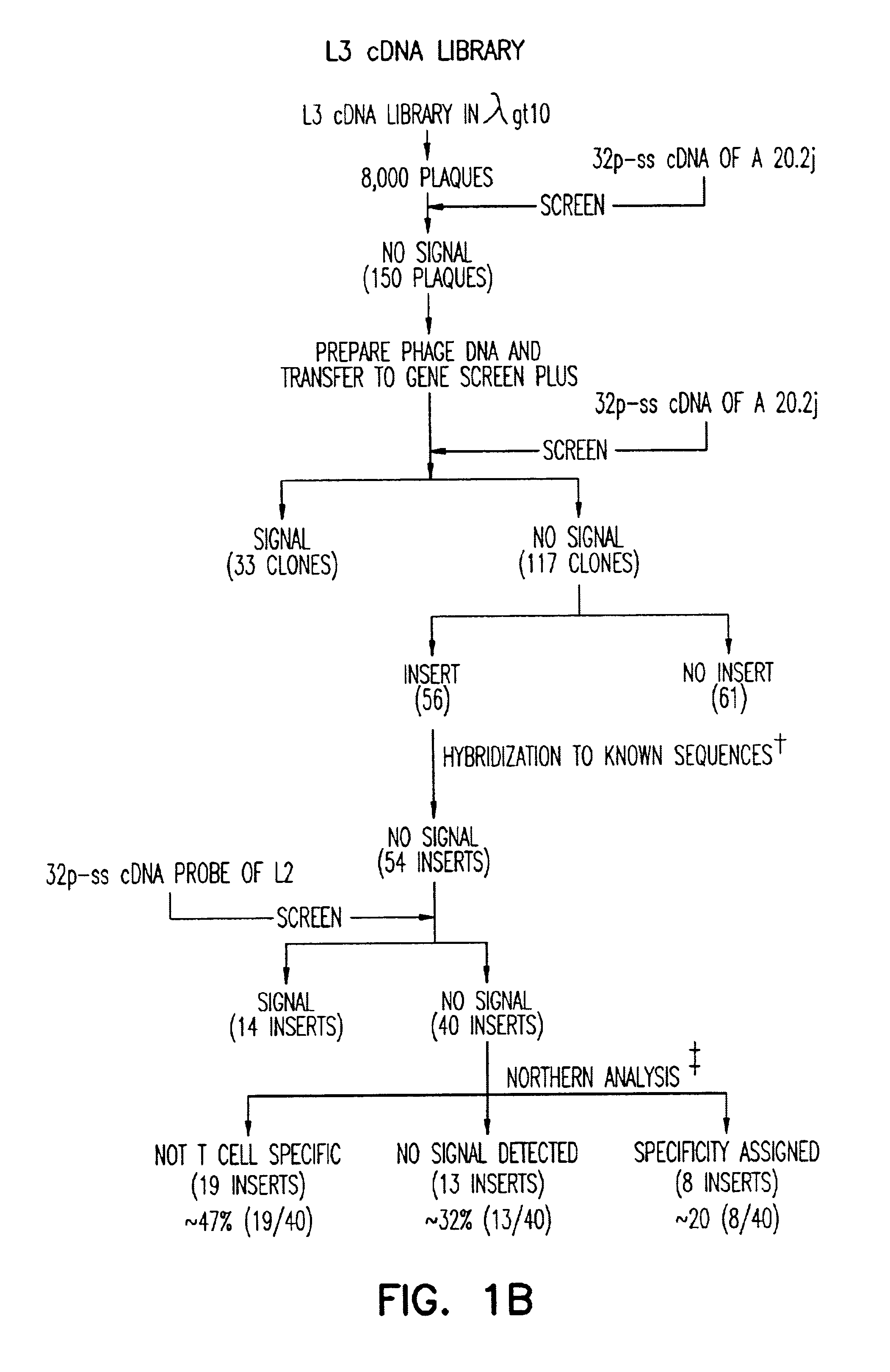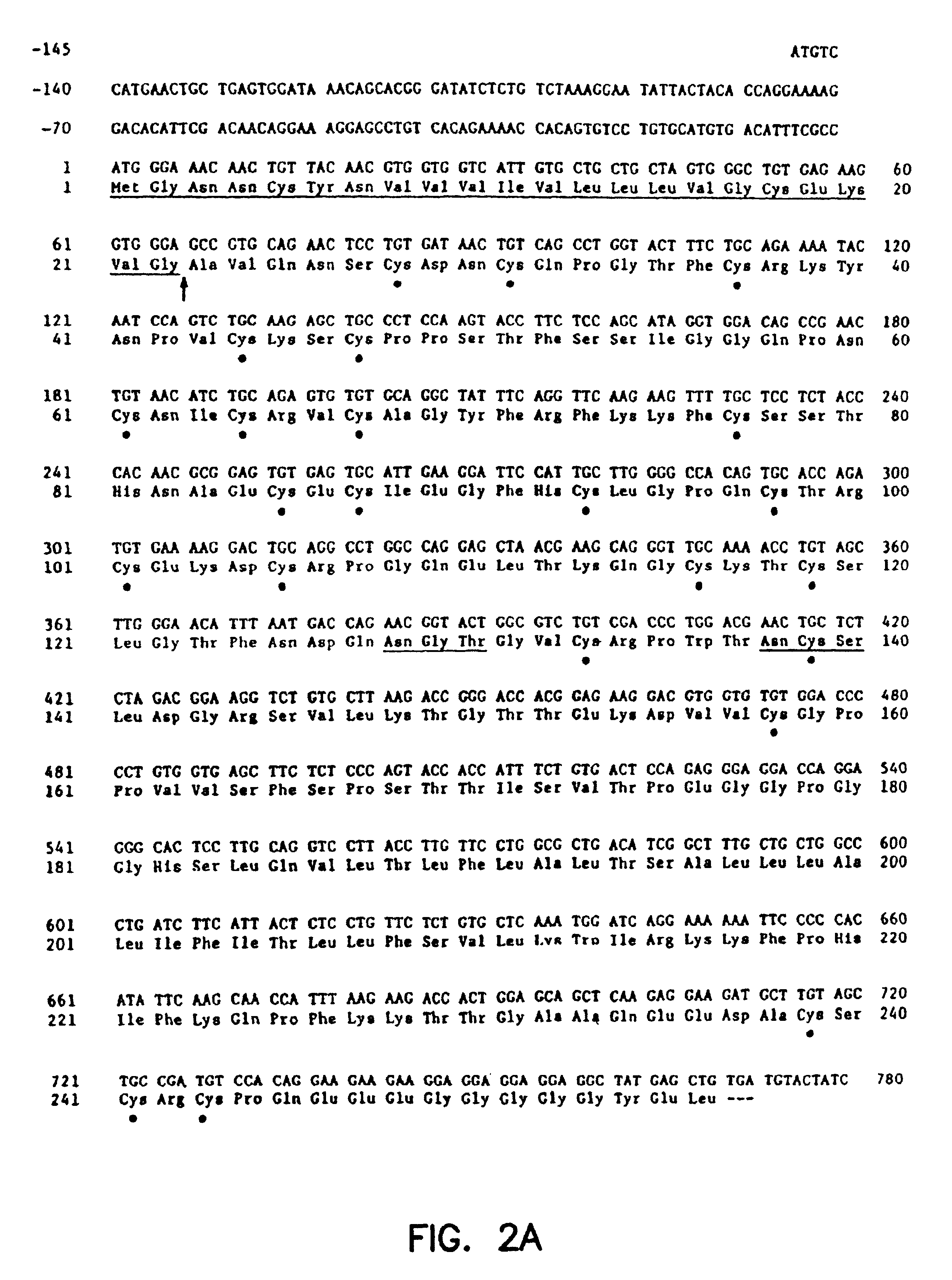Antibody for 4-1BB
a technology of receptor protein and antibody, applied in the direction of peptide/protein ingredients, peptide sources, instruments, etc., can solve the problems of not stimulating an effective anti-immune response, not delivering the co-stimulatory signals necessary for full activation of t cells, and not being able to induce anti-immune responses. effective and anti-immune responses
- Summary
- Abstract
- Description
- Claims
- Application Information
AI Technical Summary
Benefits of technology
Problems solved by technology
Method used
Image
Examples
Embodiment Construction
[0058]In the following detailed description a successive series of studies are presented which characterize the receptor 4-1BB. References are made to known procedures and studies, as well as published work of the applicant. These publications are incorported herein by reference for clarity and listed in an appendix included at the end of this detailed description.
[0059]The following abbreviations are used herein: CTL, cytolytic T lymphocyte; HTL, helper T lymphocyte; LGL, large granular lymphocytes; NK, natural killer cells; SDS, sodium dodecysulfate; SSC, 150 mM sodium chloride / 15 mM sodium citrate, pH 7.0; TPA, 12-0-tetradecanoylphorbol-13-acetate. Th, helper T lymphocytes; IL-2, interleukin 2; IL-3, interleukin 3; rIL-2, recombinant Il-2; CSF-GM, granulocyte / macrophage colony-stimulating factors; cRNA, complementary RNA; ss, single-stranded; ds, double-stranded; TCR, T-cell antigen receptor; PTA, phorbol 12-tetradecanoate 13-acetate; r, recombinant; mu, murine; hu, human; MIP, m...
PUM
 Login to View More
Login to View More Abstract
Description
Claims
Application Information
 Login to View More
Login to View More - R&D
- Intellectual Property
- Life Sciences
- Materials
- Tech Scout
- Unparalleled Data Quality
- Higher Quality Content
- 60% Fewer Hallucinations
Browse by: Latest US Patents, China's latest patents, Technical Efficacy Thesaurus, Application Domain, Technology Topic, Popular Technical Reports.
© 2025 PatSnap. All rights reserved.Legal|Privacy policy|Modern Slavery Act Transparency Statement|Sitemap|About US| Contact US: help@patsnap.com



